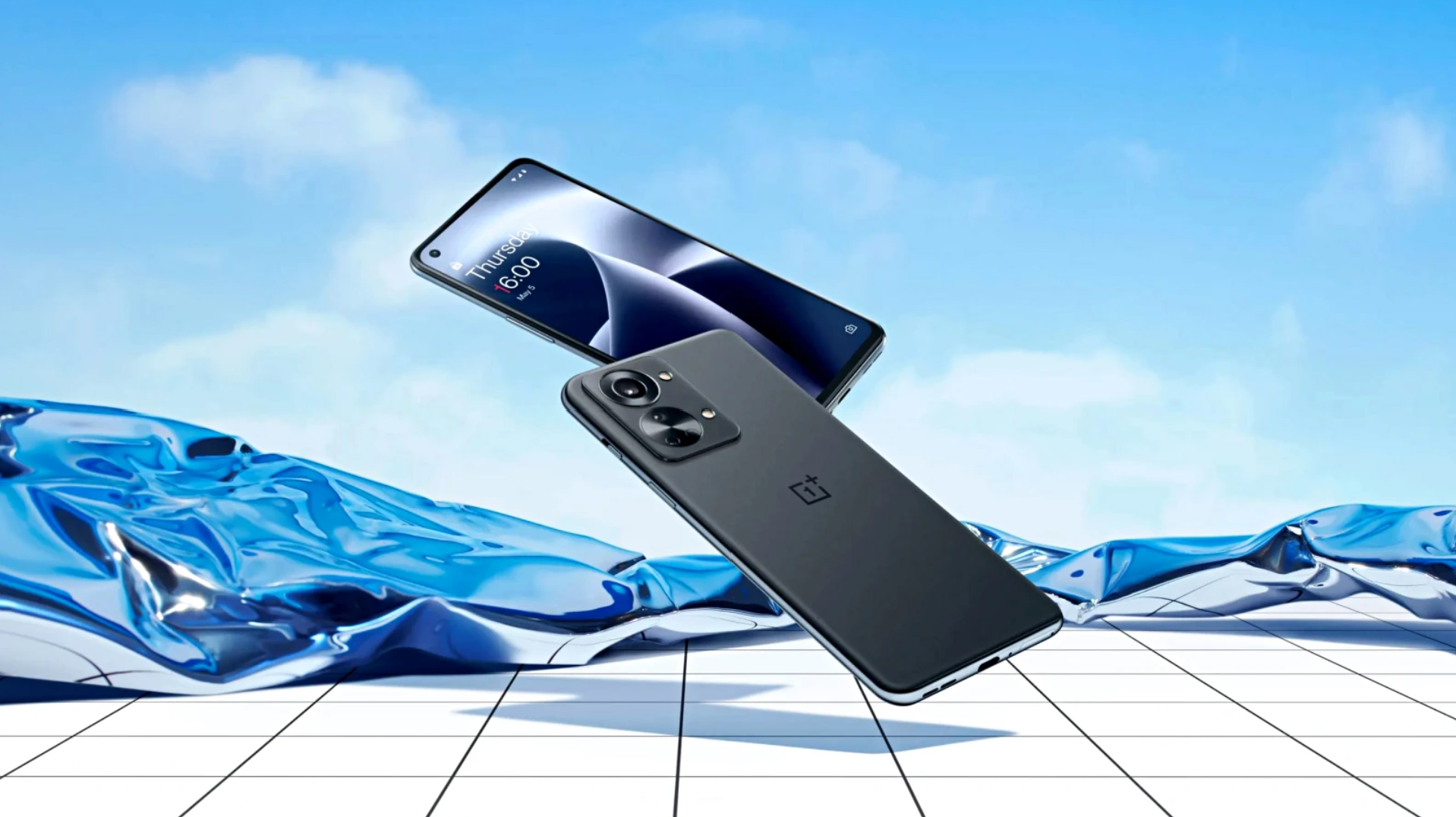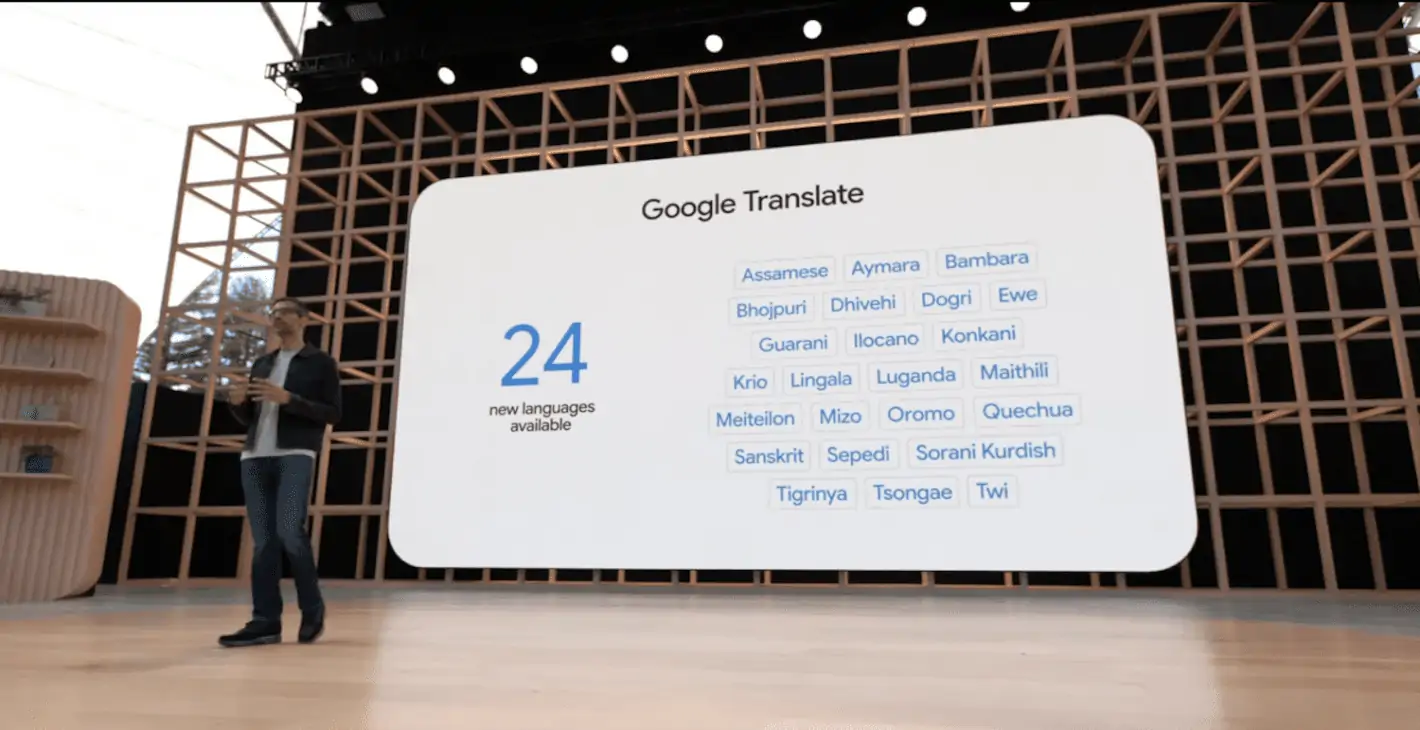The news of Microsoft developing software that converts Android phones to ndows phones has been greatly exaggerated. I know—it’s been a fantasy of yours you practically dream about it every other night, but it ain’t happening.
As explained by Hugo Barra this morning in a + post, Microsoft is working on a build of ndows 10 specifically for Xiaomi’s Mi 4 phone. It won’t run on top of Android or offer a dual-boot option, but a small number of power users from the Xiaomi Forums in China can choose to put ndows 10 on this one device. Microsoft is merely piggybacking off of the Chinese OEM’s massive user base overseas to test out ndows 10 for phones in a market it hasn’t managed to penetrate yet.
I don’t blame you for feeling duped. en word spread that Microsoft would not offer funding to Cyanogen as previously rumored, I assumed that a “partnership” with Xiaomi was the reason why. But that’s not the story. Rather, it’s that Microsoft is smartening up about its allies in an attempt to increase its mobile marketshare by shadowing one of the biggest Android players ever.
arning from those who know best
Microsoft isn’t doing business with Xiaomi as much as it is picking up a few pointers from some of Xiaomi’s enthusiast fans. It makes perfect sense why it would, too: Xiaomi’s smartphones sell out in minutes in China it’s currently the world’s third largest smartphone manufacturer. It has a dedicated user base, a massive forum, 32 different global fan sites. It sold about 1.2 million Mi devices last year on China’s equivalent of Black Friday.
By contrast, Microsoft’s mobile ndows platform, née ndows one, is barely holding on to its 3 percent marketshare. It continues to struggle in the world’s two largest phone markets, the U.S. China.
Xiaomi also loves to try out new things. Barra wrote that the company typically encourages its users to experiment, which is why its devices ship with unlocked bootloaders. Xiaomi doesn’t mind that Microsoft wants its users to try out its new stuff. And why not, if it means more choice?
It’s not like it’s is giving just anyone the ability to switch between ndows 10 its own MIUI software platform. It’s merely allowing Microsoft take advantage of its hardcore users to figure out what exactly it is that Chinese users want from a ndows-powered phone. Then, when Microsoft incorporated this user feedback—as it does with ndows on s—it can launch a phone in China hopefully capture some of the loyal Xiaomi user base that already exists.
You scratch my back…
This a mutually beneficial partnership. Xiaomi is giving its user base a treat: the ability to play around with a build of ndows 10 on a Mi 4. The hardcore tinkerers code tweakers are the ones who tell Xiaomi what they want in the next build of MIUI, here they can tell the company Microsoft what works what doesn’t.
Xiaomi can then leverage its relationship with Microsoft, though I’m still scratching my head about that one. The company isn’t currently selling its phones in the U.S. for a number of reasons, but there’s not much Microsoft can do to help with that. And it’s not like ndows one has managed to dominate any markets that Xiaomi is particularly interested in. It’s likely we won’t know what Xiaomi gets from this, outside of some happy tinkering enthusiasts, until after it extracts it from Microsoft. And when that happens, we’ll let you know.
The point is this: If someone is doing something better than you, the smart thing to do would be to ask yourself, “I wonder what they’re doing that makes them more successful than me?” Microsoft is finally doing that instead of throwing money at developers to embrace its mobile platform. And Xiaomi is the right kind of company to have any sort of relationship with in China precisely because it will do anything to ensure it stays on top of the game. Microsoft could really use that kind of influence right now.


















